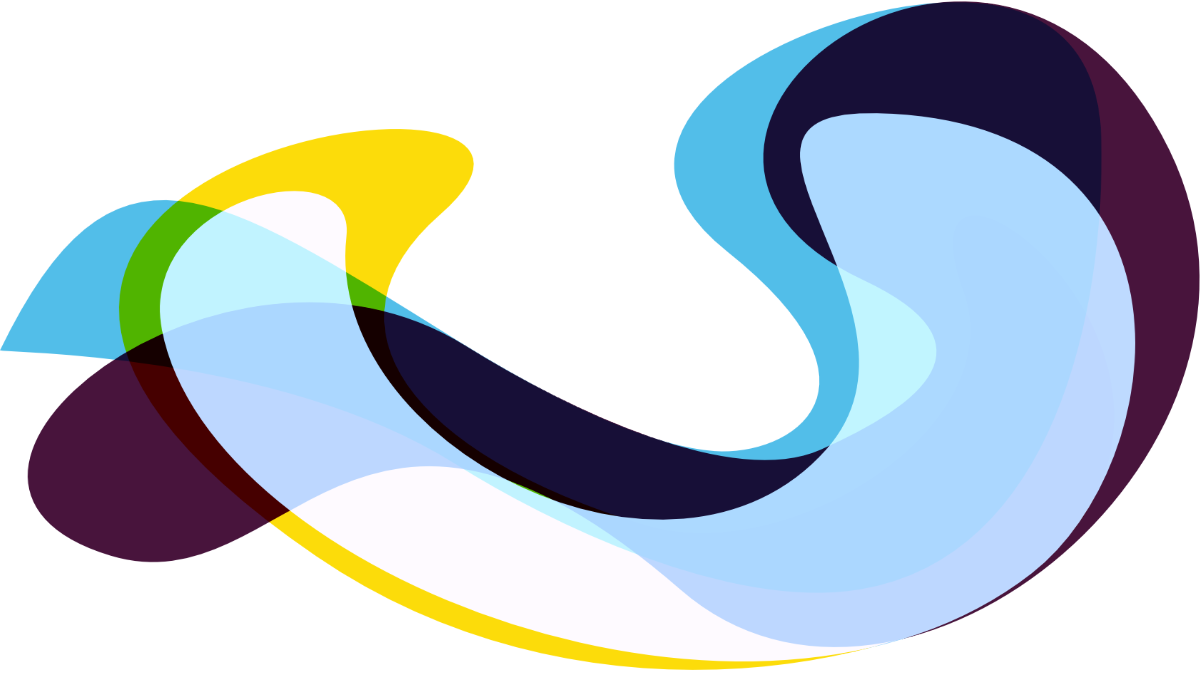Please describe your proposed solution.
Promoting NFTS as useful rather than negative
NFTs and crypto have a widely negative view by the broader population outside of blockchain. Many projects don't inherently have a utility that can connect to the traditional world. This makes it difficult to properly educate people on the benefits so the first step is to show actual ways that NFTs can be beneficial as a form of digital assets for somebody to own.
Using digital aquariums, we are providing a fun way for people to make use of virtually any NFT that they own through a gallery style customization where even profile pictures or art pieces can be displayed in the background as your fish (digital pets) swim around them. This also allows us to branch into the aquarium hobbyist industry where there is not currently a viable virtual option for people to collect, breed, and interact with fish they enjoy. This gives value to the Cardano community that collects NFTs, other blockchains we add support for, and people outside of the crypto space all in one solution. The growth of BitFins is beneficial for both our company and the rest of the blockchain space by shining a light on the benefits of the technology to people unfamiliar with it.
Please describe how your proposed solution will address the Challenge that you have submitted it in.
Our project, BitFins, would act as a way to connect with collectors on each chain we bridge to in order to give them exposure to Cardano and a project that is utility-based past what may exist in their own ecosystem. Each chain we implement wallet support for can unlock virtually all of those NFTs being usable on our platform for users. We can also approach prominent projects on chains such as Ethereum, Polkadot, and more to become partners where their specific projects can gain extra perks inside of the BitFins aquariums like statues, custom NFT image frames, limited edition collaboration NFT sales, etc. Our platform is currently in beta and free to use through our website. We have a webapp that works on both Mac/Windows and a downloadable app for Windows computers.
This is mutually beneficial as it exposes those communities from other chains to Cardano and vice versa, bringing a circle of engagement through valuable partnerships.
What are the main risks that could prevent you from delivering the project successfully and please explain how you will mitigate each risk?
Some of the most prominent risks to us succeeding in bridging chains with our project would come down to coding problems and funding. Paying developers can be costly if our in-house team cannot figure out the code by themselves and code on other chains can take a bit longer to interact with our systems since we started with Cardano as a base.
To circumvent the funding issue, we have designed plans that allow us to continually mint new content through NFTs for our community every few months in order to have something available that brings in funding. This coincides with also being open to collaborating with investors outside of blockchain through our aquarium industry connections where a lot of entities in that space are looking to gain entry into NFTs and crypto.
For the coding issue, we have designed our platform to essentially be able to read most standard metadata formats once we have a chain's wallet verification in place for the aquariums. For example, we can add a Polygon that can then read assets easily once we understand how their chain stores data inside of assets, allowing us to not have to make complicated adjustments for every single chain. Chains with less stringent metadata standards will likely need to be given access for more prominent projects to start and then we can scale our code over time to cover more types of metadata formats.

